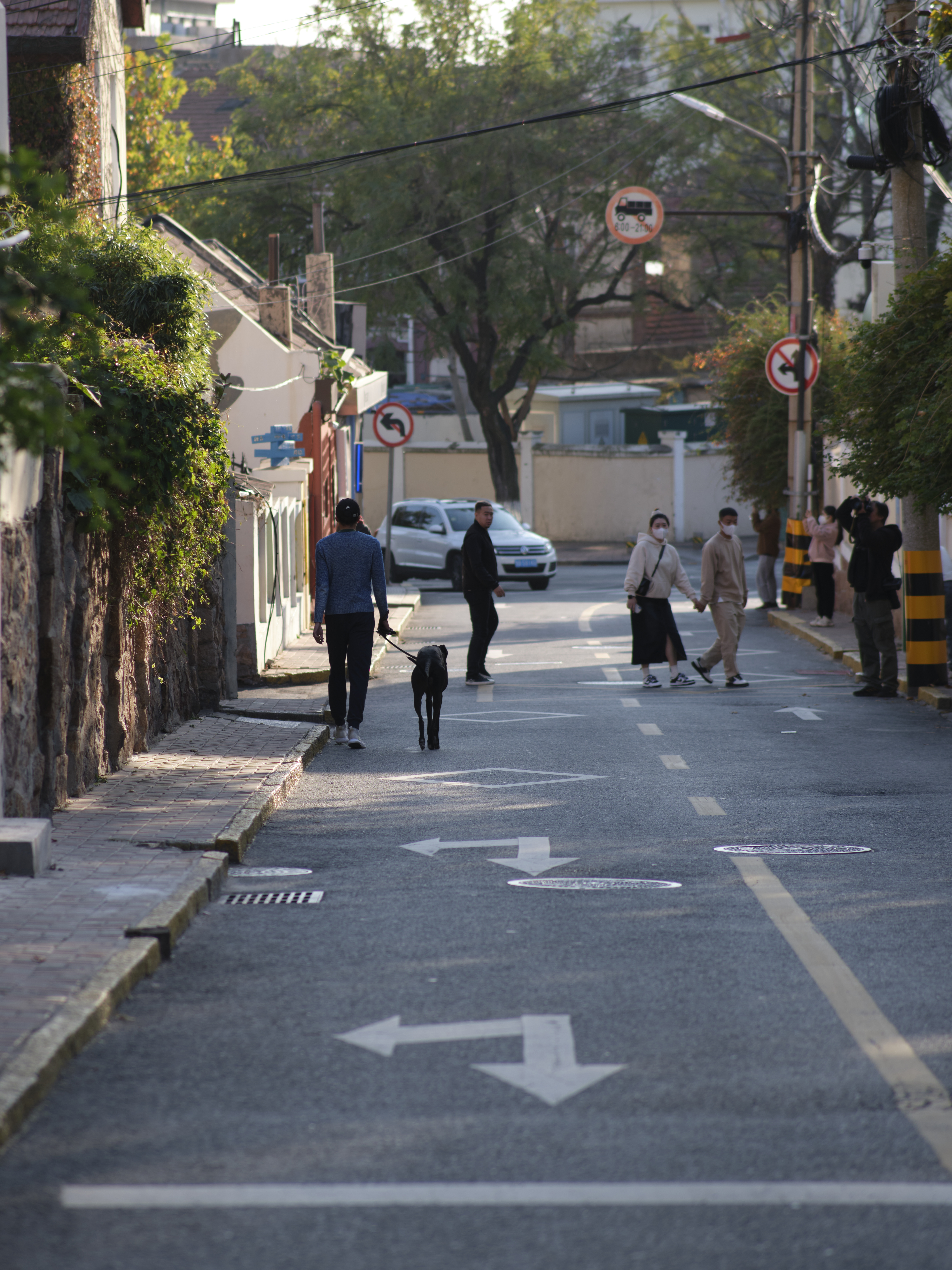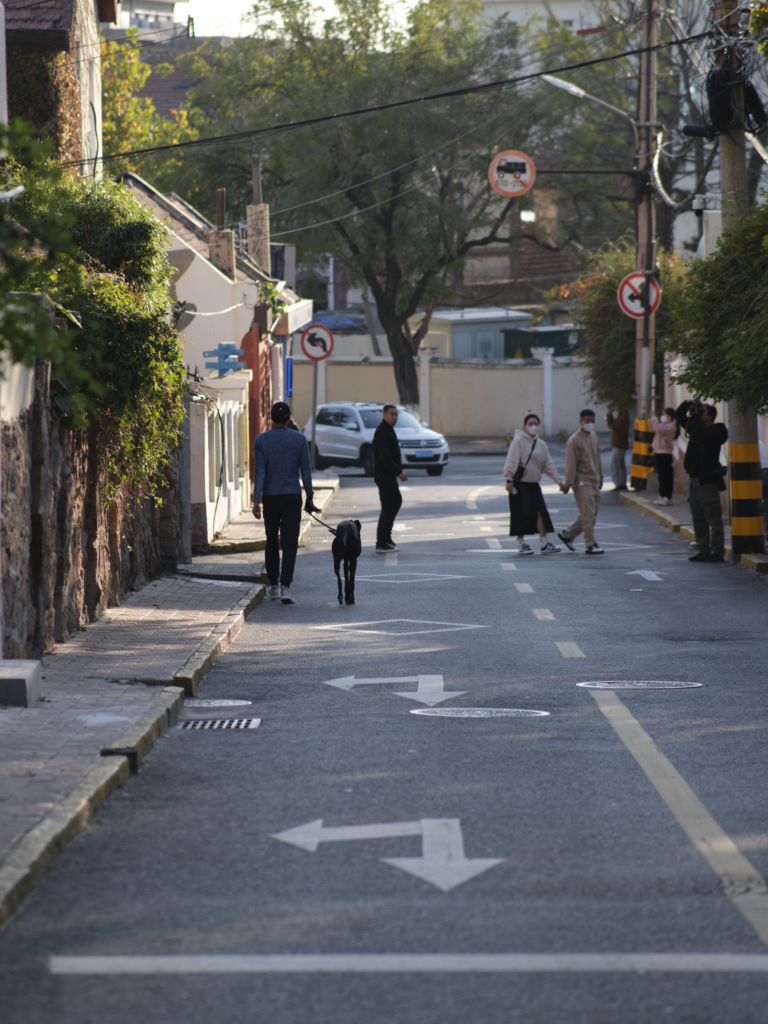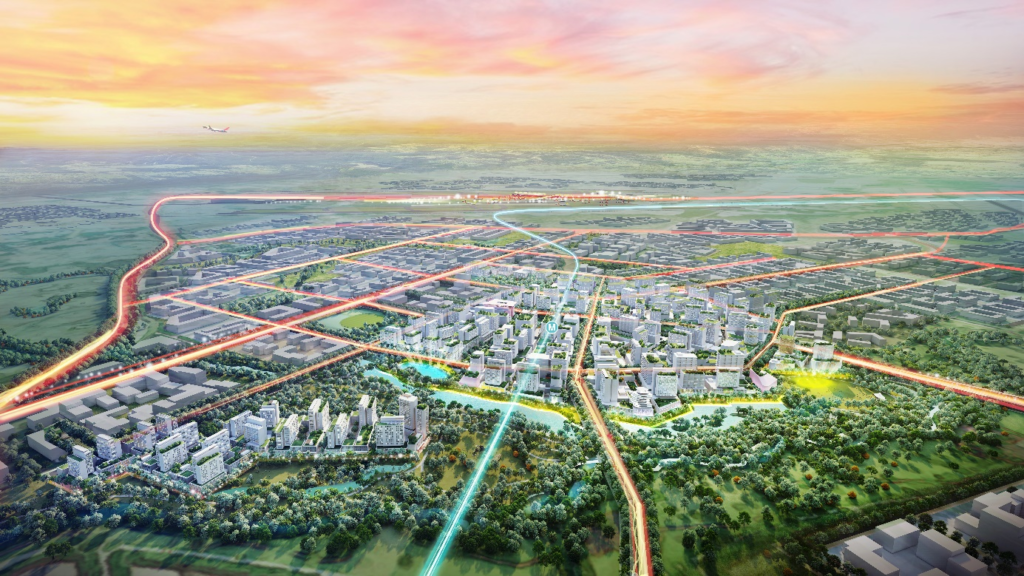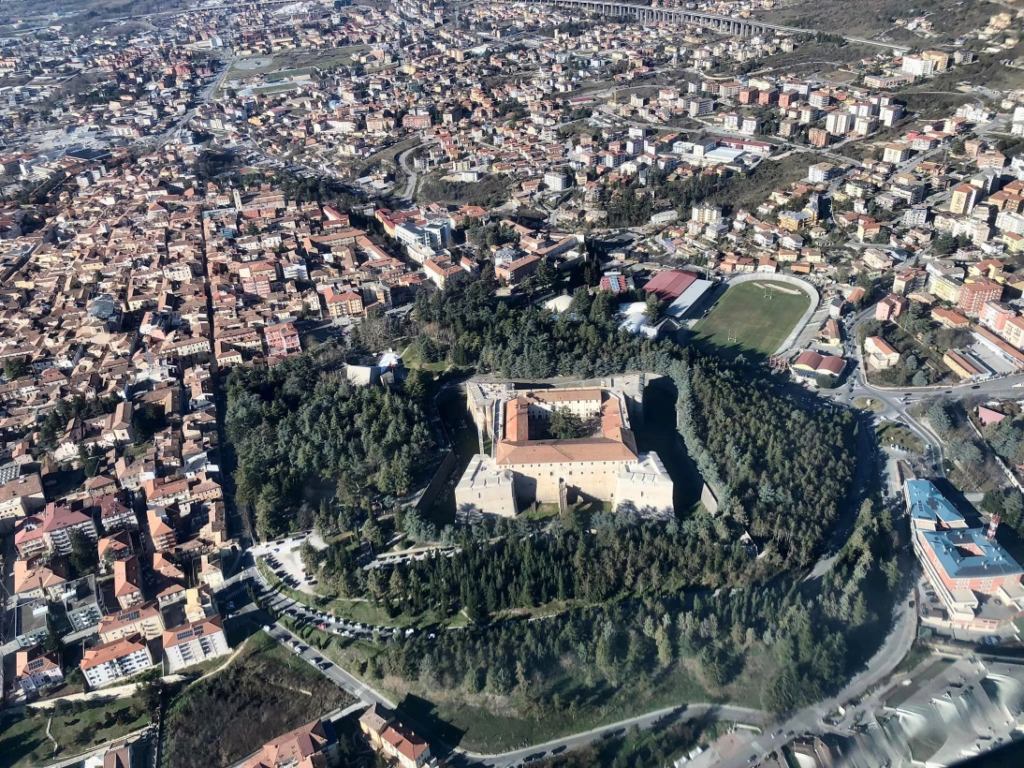City Know-hows

Urban environments influence the mental health and development of younger populations. This study explores associations between adolescent mental health indicators and design characteristics. Implications include recommendations for planners and urban designers to promote psychological well-being.
Share
Target audience
Urban planners/urban designers, municipal politicians/public administrators and public health practitioners/public health promotion professionals.
The problem
Currently, there is a lack of empirical evidence documenting the relationships between precise urban designs and adolescent mental health outcomes or indicators. Much of the extant scholarship in this body of scholarship has examined the links between broad environmental exposures (e.g., greenspaces, blues paces, residential areas, built-up areas) and various mental and physical health indicators (e.g., exercise, well-being). There is a need for research to examine more granular or precise relationships.
What we did and why
We paired ecological momentary assessment methods (i.e., data collection undertaken in the field) with objective environmental assessments of multiple specific urban design concepts (imageability, enclosure, human scale, transparency, complexity) to explore how the composition and overall quality of different urban areas predicted six different mental health indicators among adolescents. Based on a theoretical framing, we examined associations with the following emotional responses: positive affect, negative affect, calmness, anxiousness, perceived restorativeness, and mental demand.
Our study’s contribution
Results from our study importantly highlight how the composite pedestrian design quality of public settings can impact the present emotional responses (i.e., overall mental state) of adolescent groups. More pointedly, results from our study indicate that high-quality composite pedestrian design, as well as more specifically complexity and imageability, in public spaces, can support positive affective (and mitigate negative affective) responses or experiences among adolescents.
Impacts for city policy and practice
Planning and public health practitioners may draw on our findings in their attempts to develop more health-supporting urban environments. For example, our study would suggest that practitioners seek to implement natural forms of enclosure (e.g., tall trees, ivy walls), imageability (e.g., nature-oriented landmarks), and complexity (e.g., variety of natural features such as gardens, shrubs), as well as nature or naturalistic ornamentation, in their design conceptualizations of public spaces that adolescent frequent.
Further information
Full research article:
Associations between real-time, self-reported adolescent mental health and urban and architectural design concepts by Adrian Buttazzoni and Leia Minaker.
Related posts

Urban environments influence mental health and development of younger populations. This study explores associations between adolescent mental health indicators and design characteristics. Implications include recommendations for planners and urban designer to promote psychological well-being.

Seven key urban health policy ideas were found in the planning of Sydney’s Western Parkland City that draw upon different ontological perspectives. This case study prompts policy actors and researchers to reflect on their own assumptions, and others’ underlying assumptions to better understand where and how collaborations should occur.

Although the CASE and MAPs were supposed to be temporary shelters for displaced persons, after fourteen years, they have not received proper maintenance and are dilapidated. This scenario opens to the idea that living in these places could negatively affect different psychological aspects, including perceived urban quality and environmental well-being.